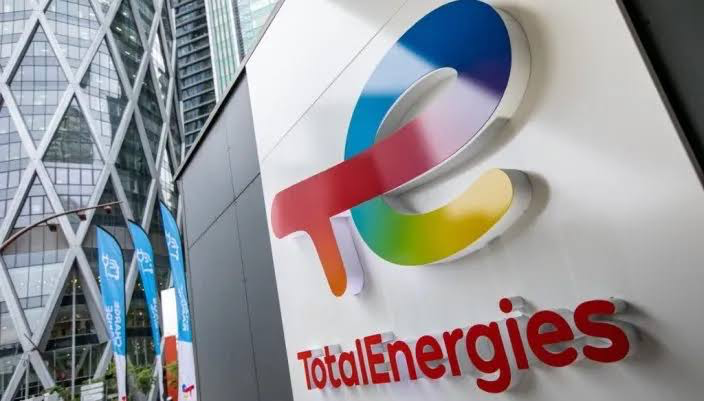KEY POINTS
- TotalEnergies is expanding U.S. LNG investments to increase exports.
- The company plans to expand Cameron LNG and Rio Grande LNG.
- CEO Patrick Pouyanné says U.S. gas prices depend on infrastructure.
TotalEnergies, the largest exporter of U.S. liquefied natural gas (LNG), aims to raise investments in American LNG supply and is exploring extending its existing export projects, CEO Patrick Pouyanné told Reuters in an interview.
TotalEnergies to expand U.S. LNG investments and export capacity
The French energy giant, which exports over 10 million tons of LNG each year from the U.S., is the world’s second-largest LNG dealer after Shell. TotalEnergies has several long-term purchase agreements with US LNG producers and now owns 16.6% of the Cameron LNG plant in Louisiana.
According to Oil price, after making large investments in LNG projects across the globe, TotalEnergies is currently looking to improve its standing in the United States.
According to Pouyanné, “we have enough to grow the U.S. position for the next decade, and I’m sure we’ll do it.”
He stated that the business is thinking of growing Cameron LNG by building a fourth train and raising Rio Grande LNG’s output capacity.
The purchase of a 45% share in Lewis Energy Group’s dry gas-producing properties in the Eagle Ford Basin, Texas, was announced earlier this year by TotalEnergies. The agreement intends to further integrate its LNG value chain and grow its U.S. gas production business.
Company strengthens U.S. gas production with key acquisitions
To bolster its long-term LNG strategy, TotalEnergies confirmed a second deal in the U.S. gas industry in September 2024.
Pouyanné said he was confident that President Donald Trump’s administration would approach energy policy with pragmatism.
Trump has issued an executive order to speed up the construction of energy infrastructure, boost oil and gas output, and lift the moratorium on new LNG permits.
Pouyanné asserts that inadequate infrastructure, not higher exports, is the primary driver of U.S. gas prices.
“If you look at the history of gas prices in the United States, the lack of infrastructure is more responsible for spikes than the lack of resources,” he told Reuters.



